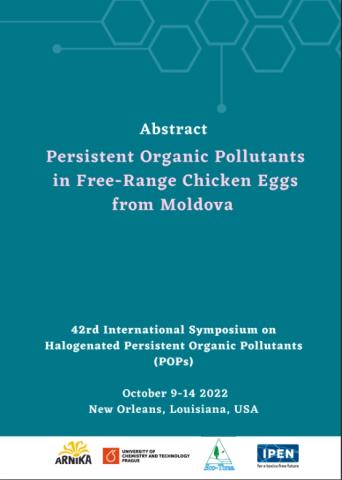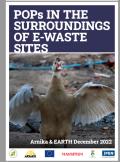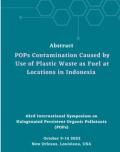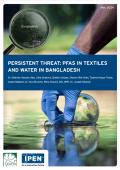
This case study analyzed free-range chicken eggs from three Moldovan villages situated near landfills, pesticide stores, and industrial areas. Testing revealed a wide range of POPs, including dioxins, PCBs, pesticides, flame retardants, and PFAS.
The results point to legacy pollution from obsolete pesticides and industrial activities, underscoring the risks posed to local food chains. The study highlights chicken eggs as effective indicators of POP contamination and calls for further investigation of polluted sites in Moldova to assess exposure pathways and guide remediation.
Findings are directly relevant for Stockholm Convention stakeholders, particularly for identifying contaminated sites under Article 6 and supporting effectiveness evaluation under Article 16. Target audiences include Convention focal points, national officials updating NIPs or managing hazardous chemicals, members of coordinating bodies, regional centres, and other stakeholders engaged in chemicals management.




